The following quotes, taken from the pages of The Strad over the past 100 years, offer a fascinating glimpse of the changing attitudes and approaches towards this most subjective and controversial area of a string player's technique
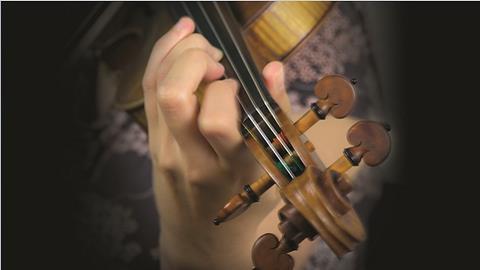
1 Vibrato has always been used
‘Vibrato is such a natural thing to do, it is hard to imagine it not being used at any time– or in any culture– where people have bowed stringed instruments.’
Simon Fischer, The Strad, June 2008
2 Good tone should come before vibrato
‘One important reason for developing a full tone before introducing the vibrato technique is that, for the tone to be beautiful, the amplitude of the string’s vibration and the vibrato’s width should match. A small, narrow vibrato can sound lovely when the string’s vibration is also narrow and the tone is soft; however, the same narrow vibrato used with a loud tone produced by wide string vibrations will sound harsh and strident. Equally, a wide vibrato used with a soft tone can sound ridiculous and cause the student to back off from it.’
Phyllis Young, The Strad, September 1999
3 Vibrato is of the greatest artistic value
‘In contrast to the elementary steady condition of the tone, which is the expression of quieter feelings, representing simplicity, clearness, dignity and solemnity, the vibrato forms a very important, if not indispensable means for rendering the tone more impressive and sensuous. For the development of tone quality, carrying- and tone-power, it is of the greatest artistic value.’
Emil Krall, The Strad, May 1912
4 There are three types of vibrato
‘There are three discernible types of vibrato, named according to the part of the body that performs it: arm, hand (otherwise known as wrist) and finger vibrato, although for Szeryng, “a perfect vibrato [is] a combination of finger, wrist and forearm.’
Rok Klopčič, The Strad, June 2003
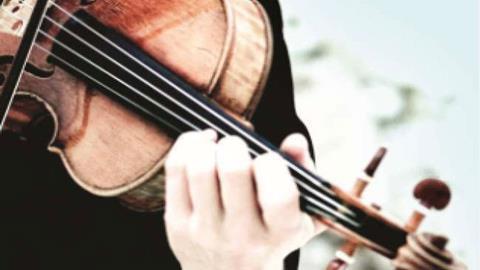
5 Vibrato should always be tasteful
‘What I cannot stand, either musically or aesthetically, is the modern habit of beginning a note straight and then starting to wobble in the middle of the note. It seems to have started with the cellists but it has spread to violists and violinists.’
Tully Potter, The Strad, October 2009
6 Imitate other instruments when considering your vibrato
‘Try to imitate various players based on styles that interest you. Don’t limit yourself by only listening to bowed strings – it’s also useful to listen to trumpet, saxophone and voice. It’s nearly impossible for any of us to make moment-to-moment artistic choices if we haven’t developed a wide listening and skill base.’
Julie Lyonn Lieberman, The Strad, January 2006
7 Vibrato should be considered systematically
‘Among the many details in the study of the violin is one which is not considered important enough by many teachers, even great teachers, to demand their proper attention. It is seldom that the vibrato is acknowledged as belonging to the regular violin course of study. It should not be so, for, if the vibrato is used at all, it should be studied carefully and systematically, and as thoroughly as all other points constituting this course of study.’
Arthur Heft, The Strad July 1902
8 Students need help to develop their own vibrato
‘In my experience, only one in four students develops a vibrato while working alone. Those who do not should be helped in some way that does not interfere with their personalities.’
John Krakenberger, The Strad, April 2000
9 Vibrato should not be constant
‘Many musicians argue that vibrato is a “natural part of good tone production – that a good musician colours what would otherwise be a dull and lifeless tone with a more or less constant, though subtle, vibrato. The liberal sliding and swooping we hear on early 20th century string recordings – which few of us would have the courage or stomach to imitate today – should make us wary of such aesthetic judgements.’
Evan Johnson, The Strad, June 1994
10 Don’t indulge in vibrato
‘How seldom it is that one hears four bars of a violin solo, even by the greatest artists, played without the “vibrato effect! Every note longer than a quaver is sure to be delivered by a left hand which trembles like jelly on a plate in the hand of a nervous waiter. And this trembling music is not confined to solos; even orchestral players are prone to indulge too much in the vibrato.’
The Strolling Player, The Strad, January 1908
Read: Developing arm, wrist and finger vibrato
Read: Technique: Continuous vibrato
Read: Why can't players get vibrato right?
Discover more Technique like this in The Strad Playing Hub
Reference
Violinist Lihay Bendayan: Fourth finger vibrato
- 1
- 2
- 3
 Currently reading
Currently reading10 things you need to know about vibrato
- 4
- 5
- 6
- 7
- 8
- 9
- 10
- 11
- 12


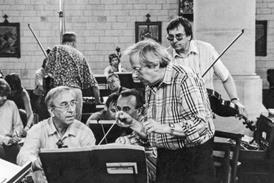
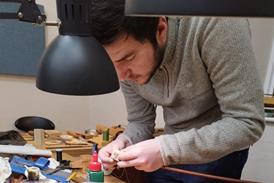

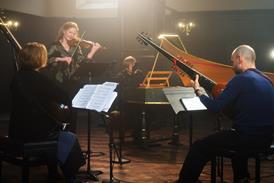
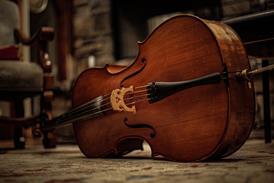




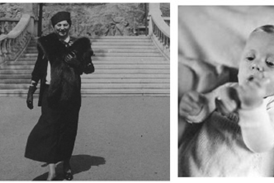

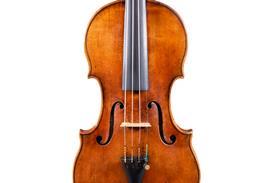
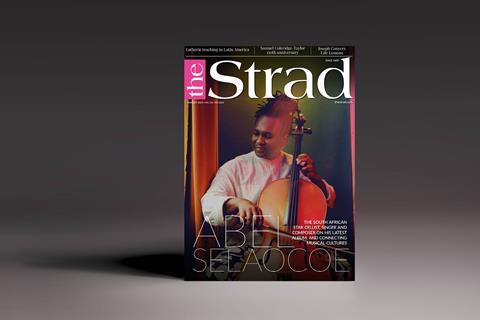






























1 Readers' comment